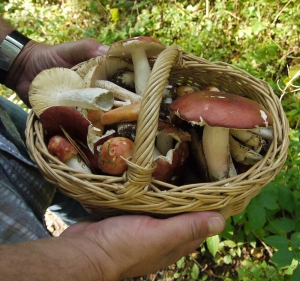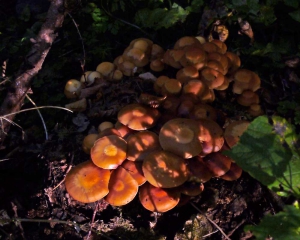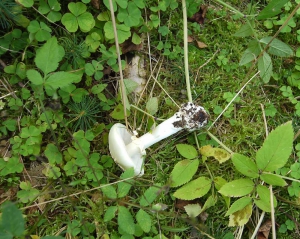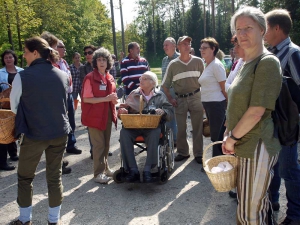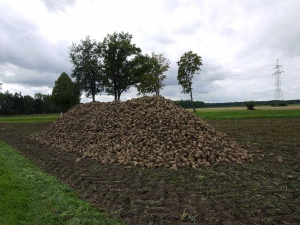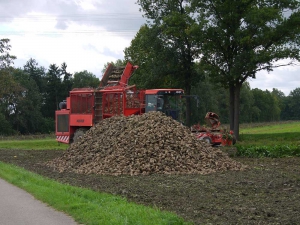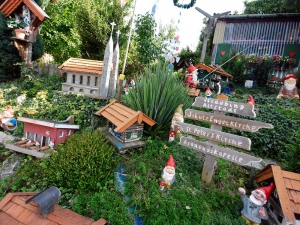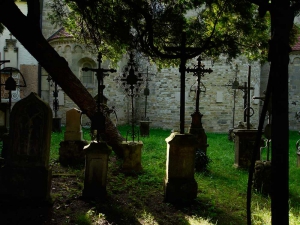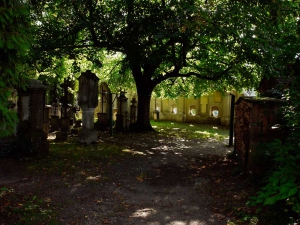I will be discussing one or two words that were not straightforward to translate.
subeventualiter (Swiss). I knew I’d encountered this, but couldn’t remember it.
Swiss: eventualiter, subeventualiter
German: hilfsweise, weiter hilfsweise
The translation should be in the alternative or in the further alternative. So subeventualiter is in the further alternative.
There was some discussion of this on Proz.
Another suggestion was further or alternatively. I don’t think that is right: it means what it says, either further or alternatively, whichever is appropriate.
General problems with Swiss legal German: if you know German law, you may be able to identify the equivalent Swiss terms (the same applies to Austrian terms). I’ve mentioned an online DE > EN dictionary of Swiss legal terms before, but it isn’t restricted to the terms specific to Switzerland and doesn’t have eventualiter in it. Metzger’s Schweizerisches juristisches Wörterbuch can be helpful, but isn’t always (just German – for eventualiter it gives nötigenfalls, möglicherweise). Doucet-Fleck DE > FR dictionary sometimes has Swiss and Austrian terms, helpful if you read French. Another German > French resource is the Petit Lexique Juridique by Piermarco Zen-Ruffinen.

